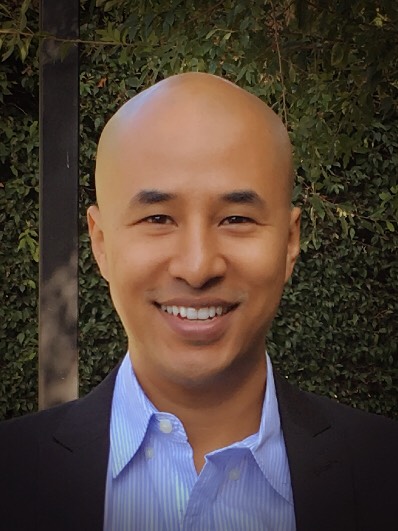 |
Dr. Snehesh Shrestha completed his doctorate at the University of Maryland College Park, where he conducted research with the Perception and Robotics Group (PRG) in the Department of Computer Science under the guidance of Prof. Yiannis Aloimonos (CS), Dr. Cornelia Fermuller (UMIACS), Dr. Irina Muresanu (School of Music), and Dr. Ge Gao (iSchool). He also collaborated with the Culture Lab in the Department of Psychology under the guidance of Dr. Michelle Gelfand.
Now, Dr. Shrestha is a Postdoctoral Researcher at the U.S. National Institute of Standards and Technology (NIST), Adjunct Faculty in the Immersive Media Design program at the University of Maryland College Park (UMD), and CEO of vAIolin LLC. His research lies at the intersection of Human-Robot Interaction, Robotics, Artificial Intelligence, and Computer Vision, with a focus on developing standards, evaluation methodologies, and intelligent tools that advance collaborative robotics in real-world environments. At NIST, he leads projects on the gamification of robot training, and he chairs the IEEE P3108 Subgroup on Metrics and Measurements while contributing to IEEE P3017 on HRI terminology. At UMD, he teaches courses on motion capture and immersive technologies, guiding students in the design and application of robotics and AI to fully immersive interactive systems. As CEO of vAIolin, he leads the translation of his doctoral work on AI-empowered music education into practice. The company develops cross-platform applications that use computer vision and AI to provide real-time feedback for violin students while supporting teachers and parents. His Ph.D. research at UMD laid the technical foundation by combining motion capture, computer vision, and pedagogy to create feedback systems for posture and bowing. Previously, Dr. Shrestha spent nearly a decade at Qualcomm, where he initiated and secured funding for internal startups in robotics education and AI for social responsibility. He is broadly motivated by the vision of creating super-human capabilities through a deeper understanding of how the human mind and body work, and by augmenting them with technology and practice with play so that we can empower individuals to become the best version of themselves and collectively push humanity beyond its current limits.
|